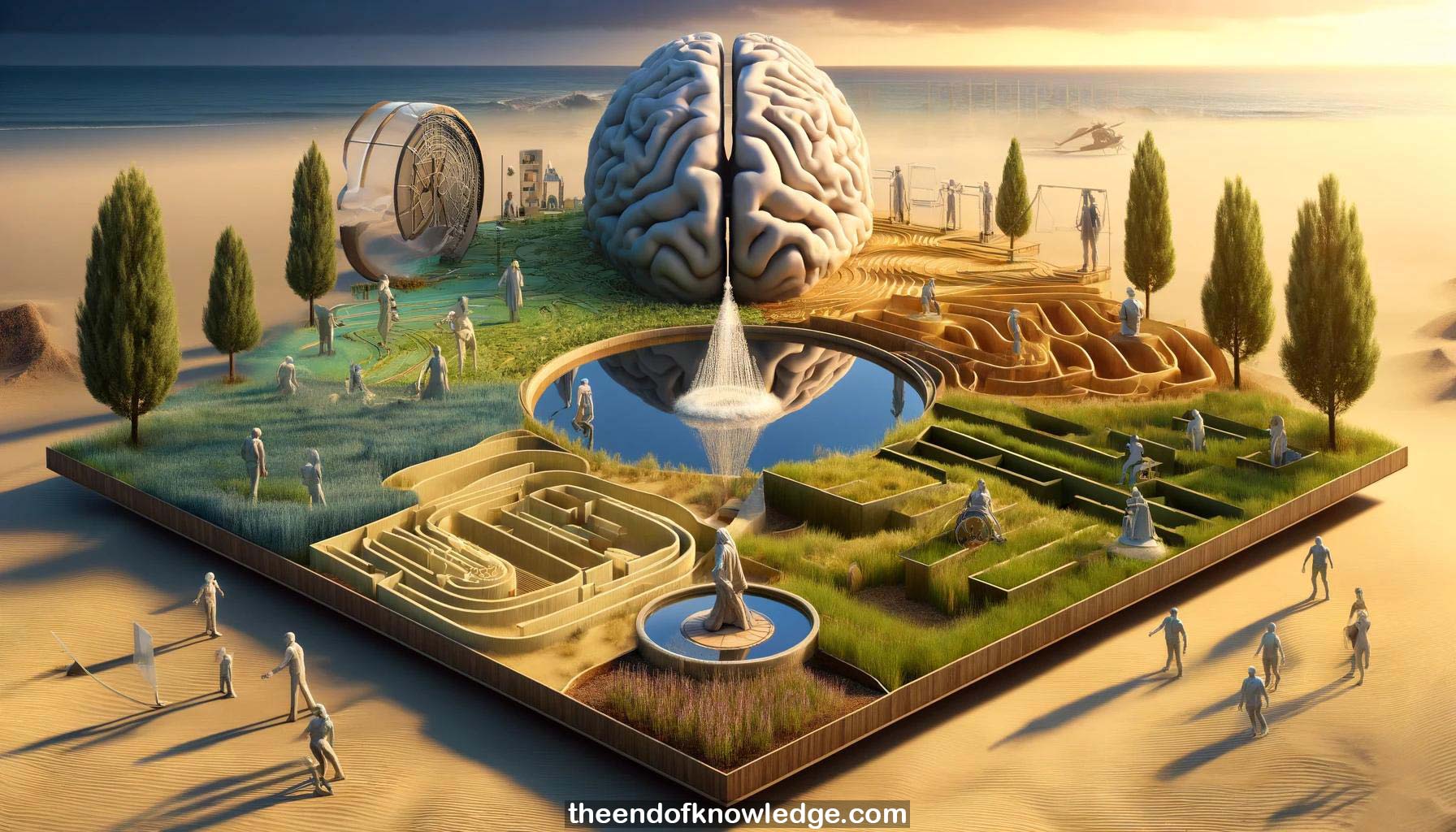 >
>
Concept Graph & Resume using Claude 3 Opus | Chat GPT4 | Llama 3:
Resume:
1.- Sebastian Sieghartsleitner is doing a PhD analyzing EEG data from stroke patients undergoing recovery treatment with Recoveries.
2.- Stroke is a leading cause of mortality and disability, with prevalence decreasing but absolute numbers increasing due to aging population.
3.- Two-thirds of stroke survivors do not recover sufficiently to perform daily living activities, especially with upper extremity function.
4.- Recovery can be substantial in first months after stroke but plateaus after 6 months. However, recovery is still possible even in chronic stroke.
5.- Assessment scales evaluate motor function and changes but cannot directly detect changes in the brain. EEG can track neuroplastic changes.
6.- Quantitative EEG (QEEG) extracts parameters that describe brain function. Changes in EEG should relate to changes in clinical scales.
7.- The study compared resting state EEG in 32 healthy participants to EEG during motor imagery with Recoveries in 34 stroke patients.
8.- QEEG parameters included delta-alpha ratio (DAR), power ratio index (PRI), brain symmetry index (BSI), and laterality coefficients.
9.- DAR and PRI are based on resting state EEG. Lower values indicate better motor function. This was confirmed in stroke patients.
10.- BSI measures brain symmetry between hemispheres during rest. Lower values (more symmetry) are better. Stroke patients had higher BSI than healthy controls.
11.- Laterality coefficients measure ERD/ERS during motor imagery, comparing activity in contralateral vs ipsilateral hemispheres. More negative values indicate better motor function.
12.- Strong correlations were found between the EEG parameters and various clinical motor function scales in the stroke patients.
13.- Age did not significantly affect BSI in the healthy controls, but males had less brain symmetry than females.
14.- Stroke patients with cortical and/or subcortical lesions had significantly less brain symmetry than healthy controls based on BSI.
15.- Lower brain symmetry on BSI correlated with greater upper extremity motor function on the Fugl-Meyer assessment in stroke patients.
16.- The laterality coefficient for the mu (8-12 Hz) band correlated with tremor, gross motor skills, and upper/lower extremity motor function.
17.- More negative laterality coefficients, indicating greater activity in the contralateral hemisphere, related to better motor function in stroke patients.
18.- EEG data during Recoveries therapy can potentially provide an assessment parameter of motor function at baseline and improvement over time.
19.- The laterality coefficient decreased over the course of Recoveries therapy sessions, indicating increasing lateralization to the contralateral hemisphere and improved motor function.
20.- Event-related desynchronization (ERD) during paretic side motor imagery was stronger (more negative) in stroke patients with greater motor function.
21.- An increase in ERD strength over premotor areas from early to late Recoveries sessions related to greater improvement in motor function.
22.- Limitations of Recoveries include open scalp wounds, inability to understand instructions, staying awake, and metal implants interfering with stimulation or EEG.
23.- There is correlation between EEG biomarkers like the laterality coefficient and the BOLD signal on fMRI in stroke patients.
24.- More variability was seen in brain symmetry index for patients with cortical lesions compared to subcortical lesions, but the sample size was small.
25.- The presentation summarized work from papers published by Mark, who gave an earlier talk. Sebastian expanded on the EEG analysis.
Knowledge Vault built byDavid Vivancos 2024